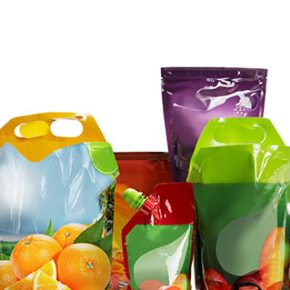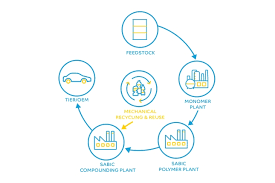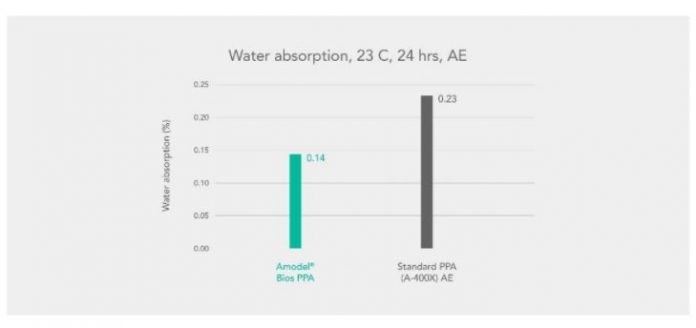 In July, L/LDPE prices were largely rolled over in line with unchanged ethylene contract price. The L/LDPE market was well balanced as producers managed production to match the low level of demand. One major producer recently called force majeure for LDPE while another plant is down for maintenance. LLDPE supply is tighter than for LDPE as there are fewer imports arriving; yet there is still sufficient material available to satisfy the low level of demand.
In July, L/LDPE prices were largely rolled over in line with unchanged ethylene contract price. The L/LDPE market was well balanced as producers managed production to match the low level of demand. One major producer recently called force majeure for LDPE while another plant is down for maintenance. LLDPE supply is tighter than for LDPE as there are fewer imports arriving; yet there is still sufficient material available to satisfy the low level of demand.
During the first half of August, L/LDPE prices have surprisingly risen at a much faster rate than the €20/tonne increase for the ethylene reference price. A combination of solid but unspectacular demand and tight supply has enabled producers to raise prices on average by €50-60/tonne. Material availability is tighter because of several planned and unplanned plant outages and fewer LLDPE imports.
HDPE
HDPE prices were largely stable in July following the lead set by an unchanged ethylene cost settlement. Supply remained adequate for standard grades, despite production cutbacks and plant outages, but availability for specialty material tightened. Buying activity slowed down as the holiday season approached, yet some converters stocked-up in anticipation of rising prices later in the summer.
HDPE prices have seen a surprising upward trend during the first two weeks of August with gains of around €40/tonne in fairly thin trading, despite only a €20/tonne rise for the cost of ethylene. Supply tightness brought about by production cutbacks, planned and unplanned plant outages and fewer imports from North America have been the key driver behind the price rise. Demand remains very low across all key end use sectors at the start of the main summer holiday season.
PP
Last month, PP prices were mostly unchanged from June settlements following a rollover for the propylene reference price. Material availability tightened because of several planned and unplanned plant outages and fewer imports were arriving. Demand slackened further as the summer holiday season approached, although some converters sought to purchase additional material in anticipation rising prices later in the summer.
August began with PP producers calling for price increases of €20-40/tonne following a rise of €20/tonne in propylene costs. By mid-month, PP prices were rising on average by €30/tonne largely because of concern over reduced material availability. Nevertheless, there is ample supply to meet the low level of demand despite several force majeures being called and fewer imports. Demand is very low across all key end use sectors at the start of the main summer holiday season.
PVC
At the beginning of July, PVC producers called for price increases following the announcement of anti-dumping duties by the EU for S-PVC from the US and Egypt, despite a rollover for the ethylene contract price. Converters soon rebuffed calls for hikes of €50/tonne, and due to the weak levels of demand producers only managed to push through gains of €10/tonne. Supply remained tight due to plant outages and producers operating at reduced rates, but there was still enough material to go round.
August began with PVC producers calling for a price rise of €40/tonne despite only a proportionate increase of €10/tonne to the PVC cost base resulting from the higher cost of ethylene. However, by mid-month, base PVC prices were rising by only €10-20/tonne. There was sufficient material to meet the very low demand despite production cutbacks and several force majeures.
PS
Polystyrene prices fell further last month after a €138/tonne crash for the styrene monomer reference price. General-purpose polystyrene prices were down more or less in line with the reduction in the cost of monomer. The already weak demand was depressed even further as converters drew down their stocks prior to summer holiday plant shutdowns. Material availability remains tight, yet there was still sufficient supply to meet the low level of demand.
In August, the styrene reference price surged by €78/tonne as a result of an outage at Shell’s Moerdijk cracker in the Netherlands and rising spot prices. Polystyrene producers subsequently targeted triple-digit price increases at the beginning of the month. By mid-month however, spot prices had eased back and demand was lower than expected, leading to PS prices rising close to the €78/tonne SM cost settlement.
PET
PET prices started July on a firm note, but lower than expected demand and fairly stable costs meant that prices failed to rise as much as expected. PET bottle demand fell faster than anticipated leaving converters with well-stocked warehouses and with limited incentive to buy more PET. On the cost front, the July paraxylene reference cost settled down €16/tonne and the August MEG contract price increased €7.5/tonne. For the month as a whole, PET prices increased by €10-20 tonne.
There appears to be little impetus for and significant price movement this month. PET demand has returned to its usual low season levels after the boost to sales from the major sporting events in Europe this summer. Feedstock costs also seem to be heading in a downward direction. On the supply side, most plants are operating at normal levels.
Source: sustainableplastics.com






